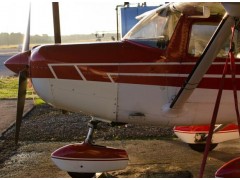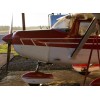After years of lobbying by the aviation industry and key pilot organizations, the Federal Aviation Administration in September 2004 authorized a new class of pilot (called the Sport Pilot) and a new category of airplane (called the Light Sport Aircraft). These so called SP/LSA regulations opened the door for low-cost recreational flying. Simply stated, a Sport Pilot is very restricted as to how, when, what, and wher he flies. Consequently, the training required to earn a sport pilot license is significantly less than that required to earn a private pilot license. One of the biggest restrictions placed on sport pilots is that they can only fly light sport aircraft (LSA). Generally speaking, an LSA is a small, two-seat, uncomplicated airplane that is fun and easy to fly. It is limited in size, weight, speed and capacity. The reduced training hours and lower operating cost of a Light Sport Airplane put achieving your dream of becoming a licensed pilot within reach.
Basic Requirements
be at least 17 years old
have a a valid US driver’s license- no FAA medical required
log at least 20 total hours of flight training (not 40 as with the private)
have at least 15 hours with flight instructor
have at least 5 hours solo flight
pass the FAA Sport Pilot Airmen Knowledge Written Test
pass a FAA Sport Pilot Flight Exam





